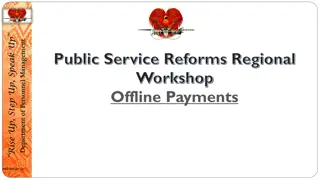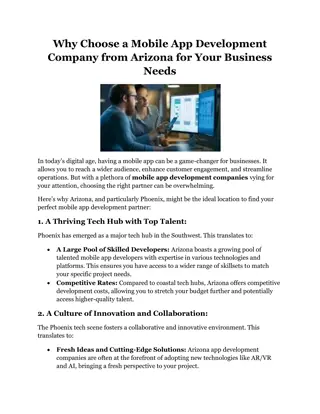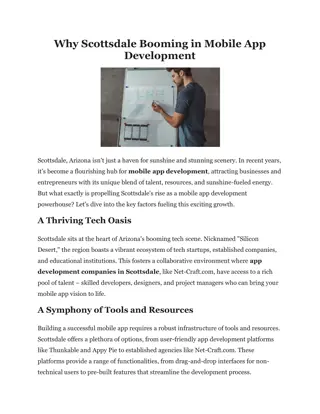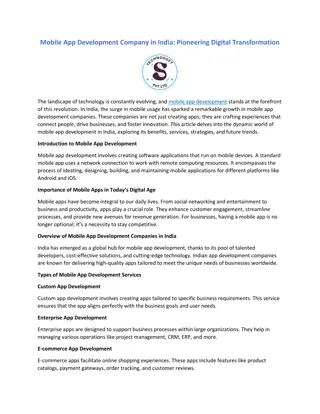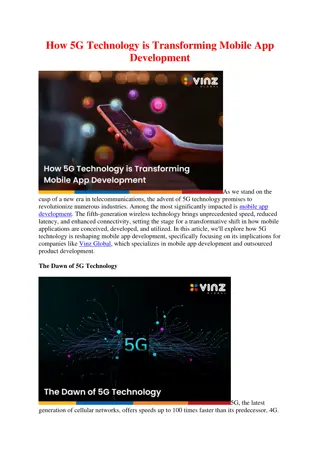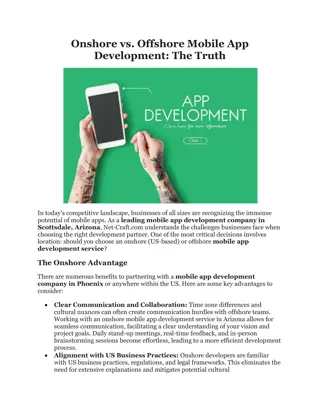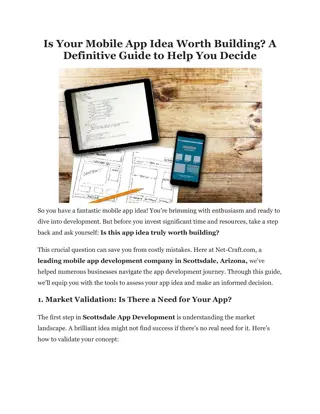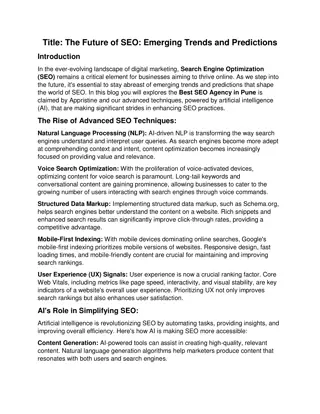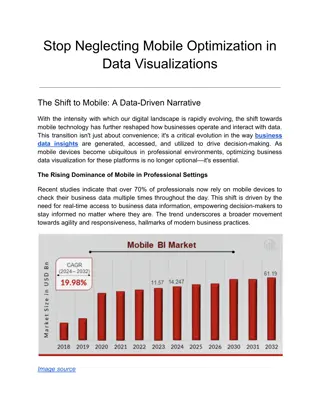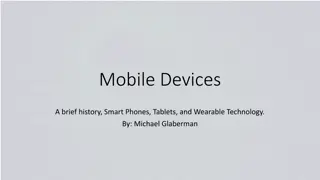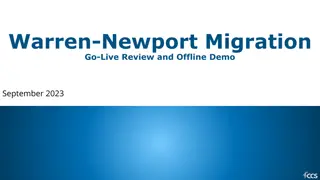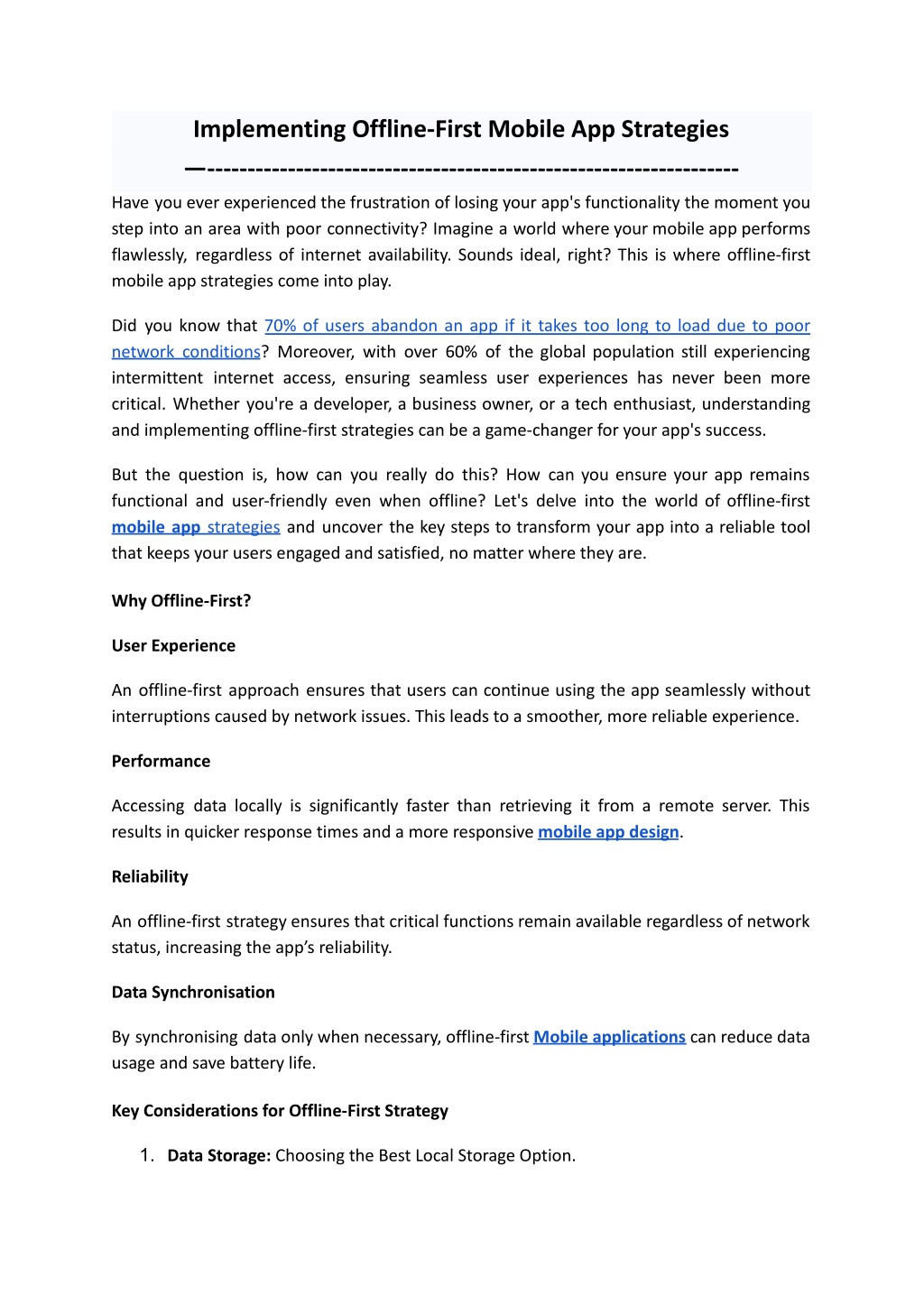
Implementing Offline-First Mobile App Strategies
At Consagous Technologies, we specialize in creating offline-first mobile apps that ensure seamless user experiences, even without internet connectivity. Contact us today at consagous.co to start building a reliable, high-performance mobile app that keeps your users engaged anywhere, anytime.
Download Presentation

Please find below an Image/Link to download the presentation.
The content on the website is provided AS IS for your information and personal use only. It may not be sold, licensed, or shared on other websites without obtaining consent from the author. If you encounter any issues during the download, it is possible that the publisher has removed the file from their server.
You are allowed to download the files provided on this website for personal or commercial use, subject to the condition that they are used lawfully. All files are the property of their respective owners.
The content on the website is provided AS IS for your information and personal use only. It may not be sold, licensed, or shared on other websites without obtaining consent from the author.
E N D
Presentation Transcript
Implementing Offline-First Mobile App Strategies ------------------------------------------------------------------ Have you ever experienced the frustration of losing your app's functionality the moment you step into an area with poor connectivity? Imagine a world where your mobile app performs flawlessly, regardless of internet availability. Sounds ideal, right? This is where offline-first mobile app strategies come into play. Did you know that 70% of users abandon an app if it takes too long to load due to poor network conditions? Moreover, with over 60% of the global population still experiencing intermittent internet access, ensuring seamless user experiences has never been more critical. Whether you're a developer, a business owner, or a tech enthusiast, understanding and implementing offline-first strategies can be a game-changer for your app's success. But the question is, how can you really do this? How can you ensure your app remains functional and user-friendly even when offline? Let's delve into the world of offline-first mobile app strategies and uncover the key steps to transform your app into a reliable tool that keeps your users engaged and satisfied, no matter where they are. Why Offline-First? User Experience An offline-first approach ensures that users can continue using the app seamlessly without interruptions caused by network issues. This leads to a smoother, more reliable experience. Performance Accessing data locally is significantly faster than retrieving it from a remote server. This results in quicker response times and a more responsive mobile app design. Reliability An offline-first strategy ensures that critical functions remain available regardless of network status, increasing the app s reliability. Data Synchronisation By synchronising data only when necessary, offline-first Mobile applications can reduce data usage and save battery life. Key Considerations for Offline-First Strategy 1. Data Storage: Choosing the Best Local Storage Option.
2. Data Synchronisation: Maintaining data consistency between local storage and the server. 3. Conflict Resolution: Managing data conflicts during synchronisation. 4. User Feedback: Keeping users informed about connectivity status and data sync processes. 5. Error Handling: Handling errors gracefully during offline and sync states. Implementing Offline-First Strategies 1. Local Storage Solutions Choosing the appropriate local storage solution is essential for an offline-first strategy. Popular options include: SQLite: A lightweight, SQL database embedded within the app, suitable for complex queries. Realm: A mobile database offering live, reactive data binding, suitable for real-time applications. Core Data (iOS): An object graph and persistence framework designed for iOS apps. Room (Android): Part of Android Jetpack, providing an abstraction layer over SQLite, designed for simplicity and performance. 2. Data Synchronisation Implement a robust synchronisation mechanism that updates the server with local changes and vice versa in the background 3. Conflict Resolution Use strategies like Last Write Wins (LWW), versioning, or custom merge strategies to handle conflicts that arise during synchronisation. 4. User Feedback Notify users when their data is synchronising and when their connection is stable. 5. Error Handling Ensure your app gracefully handles errors and provides informative messages to users. Conclusion Implementing an offline-first strategy ensures your mobile app remains functional and reliable, enhancing user satisfaction. By carefully managing local storage, synchronisation,
conflict resolution, user feedback, and error handling, you can create a robust offline-first mobile application. By prioritizing offline functionality, you not only enhance user experience but also ensure your app stands out in a world where connectivity can often be unpredictable. Embrace the offline-first approach and build a mobile app a reliable companion for users, regardless of their connectivity status. Ready to elevate your mobile app to the next level? At Consagous Technologies, we specialize in creating offline-first mobile apps that ensure seamless user experiences, even without internet connectivity. Contact us today at +1 (213) 257-8054 or info@consagous.co to start building a reliable, high-performance mobile app that keeps your users engaged anywhere, anytime. Original Source: https://bit.ly/3VdMNVY





